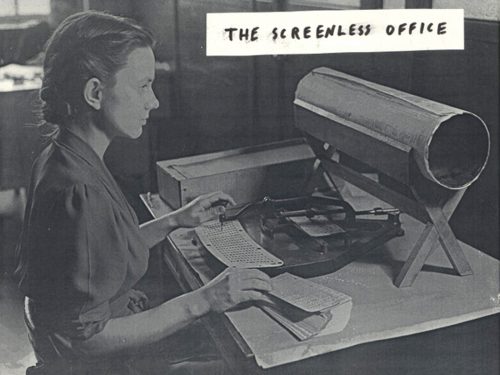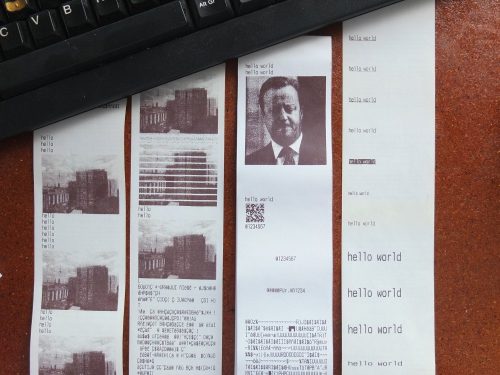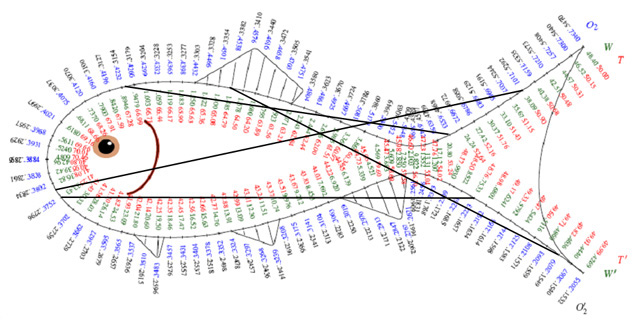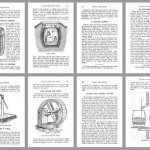Current interface culture is dominated by a few large corporatate players: google/Alphabet, Apple, Microsoft. For many of us who spend countless hours working, socializing and amusing ourselves while using technical media, these powerful players have a huge influence on our experience of everyday life. Our perception of the world around us and how we see ourselves in, it is mediated by the decisions of a few privileged managers, programmers and designers, mostly male and white on the west coast of the United States. To suggest any other way of living in a networked society is to risk being percieved as blasphemous, uncool, out-of-touch, escapist or simply absurd. These interfaces have become so embedded in our conception of reality that we now have a crisis of the imagination, where it is difficult to even think of anything different.
Removing the screen is a radical gesture denying conformity to the dominating forces of contemporary interface culture. By getting rid of the display, we force digital text and images back into the old conventions of print culture. While this might have a superficial, nostalgic appeal, more importantly, it puts us into the role of acting like amateur media archeologists, investigating the history of modern visual, literary and bureaucratic systems both technical and social. At the same time, by taking newer forms of digital media and packing it into the old container of print, we open up a new experimental field of analog-digital hybrid forms. Our goal is to discover and invent novel ways of living in the digital world which might be more informal, expressive and embodied.
The Screenless Office is a system for working with media and networks without using a pixel-based display. It is an artistic operating system. The office presents a radically alternative form of everyday human interaction with media. It is constructed using free/libre/open hard- and software components, especially for print, databases, web-scraping and tangible interaction. Currently, it exists as a working prototype with software “bureaus” which allow a user to read and navigate news, web sites and social media entirely with the use of various printers for output and a barcode scanner for input. While our existing software allows for interesting new ways of consuming media, we are currently working to expand the system to make it capable of publishing content and thereby, enabling a provocative possibility for active participation in contemporary social life.
Quoted from: The Screenless Office. Via Jeu de paume espace virtuel, May 2017.










